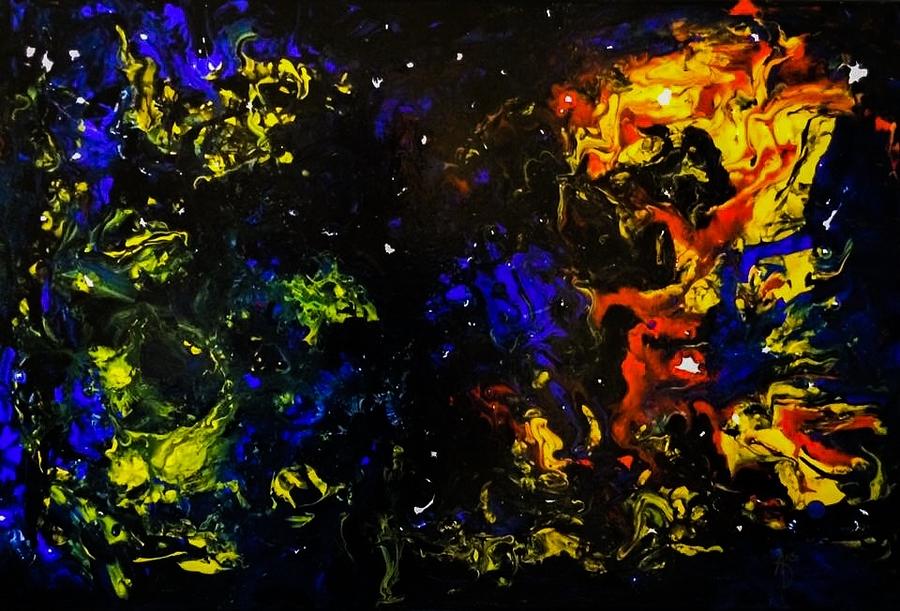


He is replacing the guilt, of being a failure as a parent and causing his brother’s death, by creating his murderer, with anger against himself. After the murder of his little brother William, Victor knows that the creature is responsible, and he realises that the monster is his making, so he sets out to kill it. The creature was never named throughout the book this mirrors the first child of Mary Shelley who died shortly after its birth and was never named.īecause Victor created the creature he should have been a parent to it but instead he rejects his creation by running away as the creature comes to life and he runs away again when the creature tries to establish contact by reaching out to him. In the creation scene, Frankenstein constantly dehumanises his creation by calling him “the creature”, “it” and “this catastrophe”. ” This idea of the creature being Frankenstein’s Adam is taken from Milton’s Paradise Lost, an epic poem that was one of Mary Shelley’s favourites. The creature picks up on this theme, he says “I ought to be thy Adam, but I am rather the fallen angel, whom thou drivest from joy for no misdeed.

When Victor created the creature he took on the role of God. By showing the creature’s point of view she shows how the world and the cruelty of mankind changes into what he is, not that he was born to evil. Shelley was playing with the nature versus nurture theory when she showed her creature to be the victim, because the creature was not born naturally people would’ve believed that this made him evil by default. Such as religion, parenting, hate, revenge, guilt and compassion.Īt the time that Frankenstein was published most people still believed the genesis story of how humans were created and that we were made in the image of God, Frankenstein was highly controversial because someone was taking pieces of death and bringing it to life. I will also look at a few of the themes running through Frankenstein. In this Essay I shall explore the reasons for Victor Frankenstein’s emotional turmoil in chapters 9 and 10 and look at how some events in Mary Shelley’s life mirrors some events in the book. Explore the basis for this turmoil and Mary Shelley’s portrayal of Victor’s state of mind. Victor Frankenstein’s emotional turmoil is clearly evident in chapters 9 and 10.


 0 kommentar(er)
0 kommentar(er)
